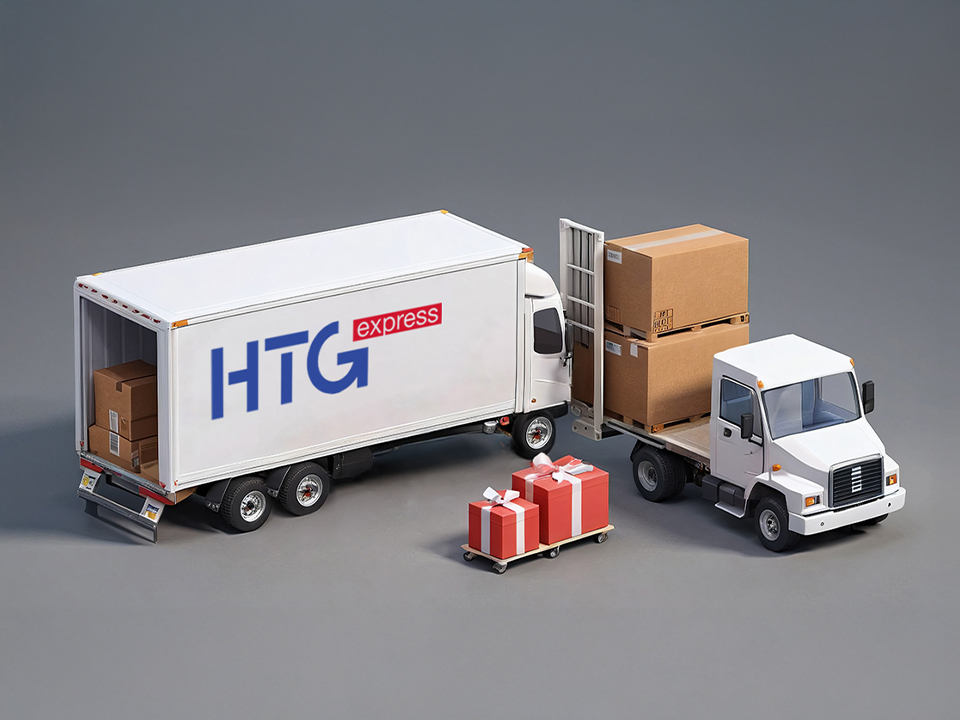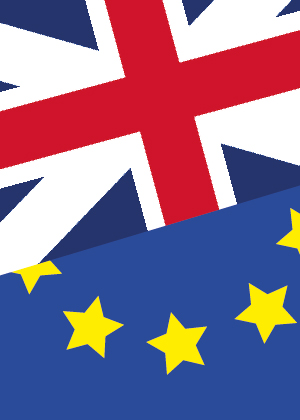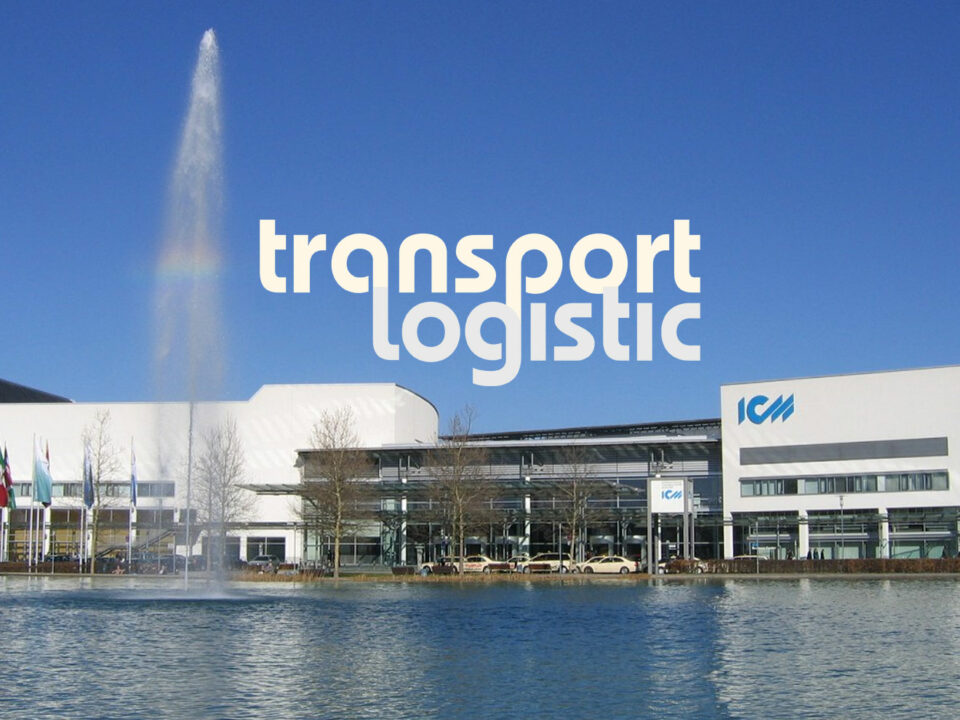
The Impact of Black Friday on Industrial Road Transport in Europe
12/11/2024
In recent years, several European countries have implemented environmental label systems that classify vehicles according to their pollutant emission levels. These labels are mandatory to access certain areas, especially in low-emission zones (LEZ) established in various cities. The latest to implement such a system is France, but below we detail some of the countries that require these labels and the corresponding categories:
Germany: Since 2008, Germany has introduced the “Umweltplakette,” an environmental label required to enter Umweltzonen (environmental zones) in numerous cities. There are three main categories of environmental labels in Germany:
· Red Label: For vehicles with higher emissions (Euro 2 or lower). It does not allow entry into most Umweltzonen.
· Yellow Label: For vehicles with moderate emissions (Euro 3). Access is restricted in many cities.
· Green Label: For vehicles with lower emissions (Euro 4, Euro 5, and Euro 6). It is the only label that allows unrestricted access to Umweltzonen.
The classification is based on the Euro emission standards that the vehicle complies with. You can apply for it online through the official TÜV Rheinland (https://www.tuv.com/world/en/)
France:
The “Crit’Air” system classifies vehicles into six categories, from 0 (electric and hybrid vehicles) to 5 (most polluting vehicles):
· Crit’Air 0: Electric and hydrogen vehicles.
· Crit’Air 1: Plug-in hybrid vehicles and Euro 5 and 6 gasoline vehicles (registered since 2011).
· Crit’Air 2: Euro 5 and 6 diesel vehicles (registered since 2011) and Euro 4 gasoline vehicles (registered between 2006 and 2010).
· Crit’Air 3: Euro 4 diesel vehicles (registered between 2006 and 2010) and Euro 2 and 3 gasoline vehicles (registered between 1997 and 2005).
· Crit’Air 4: Euro 3 diesel vehicles (registered between 2001 and 2005).
· Crit’Air 5: Euro 2 diesel vehicles (registered between 1997 and 2000).
Starting in April 2025, France will require all drivers, including foreigners, to carry the Crit’Air label to drive in certain areas, such as the French Basque coast and other urban areas. Each category defines access to low-emission zones based on vehicle pollution levels. Cities like Paris, Lyon, and Grenoble have already implemented restrictions based on the Crit’Air classification. You can obtain more information and apply for it on the official French government website: Certificate Air – Crit’Air (https://www.certificat-air.gouv.fr/)
Austria:
Austria has implemented an environmental labeling system that classifies vehicles based on their emissions. These labels are mandatory to access certain low-emission zones in the country. You can apply for it through the following page: Umwelt-Pickerl (https://www.umwelt-pickerl.at/de/)
Denmark:
Denmark also has an environmental badge system that classifies vehicles based on their pollution level. These labels are necessary to drive in certain urban areas with emission restrictions. You can obtain more information and apply for it on the following page: Miljøzoner – Low Emission Zones in Denmark (Miljøzoner – Zonas de Bajas Emisiones en Dinamarca)
In addition, Spain has also introduced a system through the General Directorate of Traffic (DGT), which classifies vehicles based on their emissions levels. There are four environmental labels:
· Zero Emissions Label: For electric and plug-in hybrid vehicles with a minimum range of 40 km in electric mode.
· ECO Label: For hybrid vehicles, plug-in hybrids with a range of less than 40 km, and vehicles with alternative fuels such as natural gas and LPG.
· C Label: For gasoline cars and light vans registered from January 2006 and diesel vehicles from 2014.
· B Label: For gasoline cars and light vans registered from January 2000 and diesel vehicles from 2006.
These labels are mandatory in many cities with Low Emission Zones (LEZ), such as Madrid and Barcelona. Their use is necessary to access certain restricted areas and avoid penalties. You can obtain it at post offices and other authorized points. More information is available on the official DGT website: DGT – Environmental Labels
Other countries like Italy, Portugal, Belgium, and the Netherlands do not have a unified national environmental label. However, many cities have established Limited Traffic Zones (ZTL) and low-emission areas where restrictions apply based on Euro vehicle emission standards. Regulations can vary significantly between cities.
In any case, it is essential to be informed about the specific regulations of each place before traveling. Moreover, equivalences between labels from different countries are not always direct, and since regulations can change and expand over time, it is recommended to consult official sources or specialized websites before traveling to ensure compliance with the current regulations in each country.

